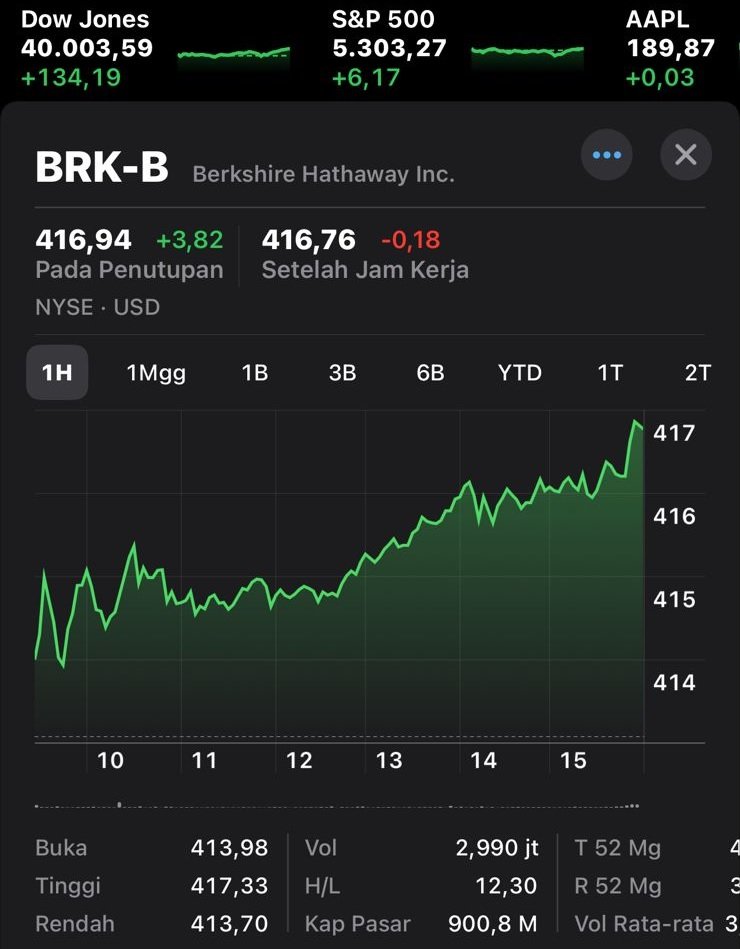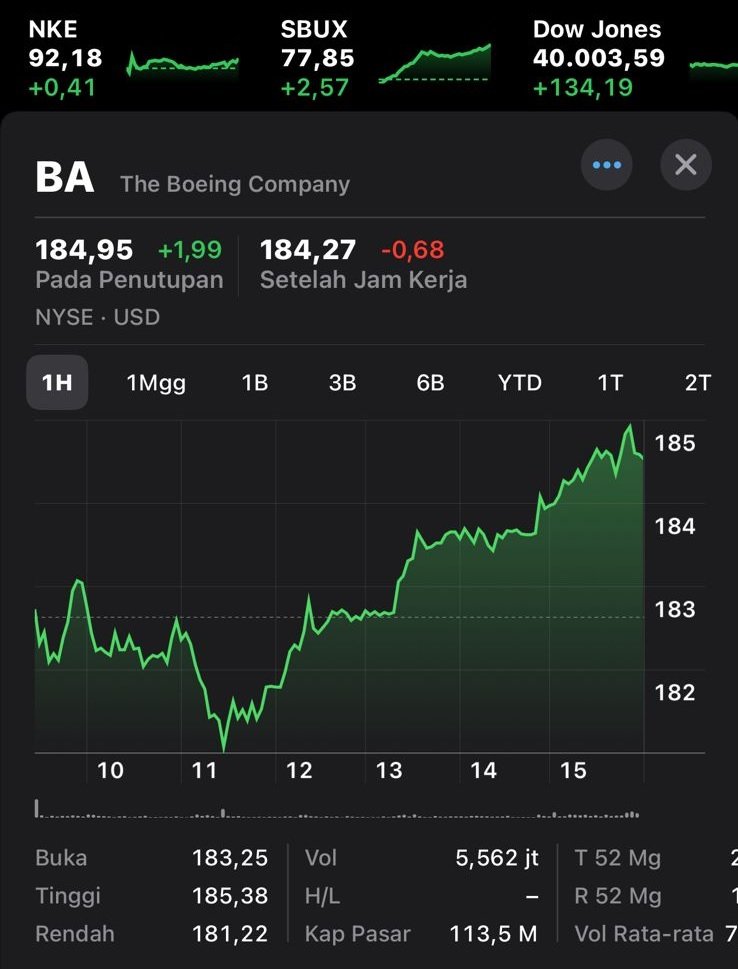Central Bank Digital Currency, better known as Central Bank Digital Currency (CBDC), is a form of digital money issued and regulated by a country’s central bank. Unlike traditional currency, which is in the form of physical cash and coins, CBDC is the opposite, it has no physical form but only exists in digital format. Storage and transactions from this CBDC use a digital system and can be accessed via mobile applications or other electronic devices.
The concept of a Central Bank Digital Currency or CBDC emerged in response to the increasing digitalization of our society and the growing popularity of cryptocurrencies such as Bitcoin. While Bitcoin and other cryptocurrencies are decentralized currencies and operate outside the control of any centralized authority, CBDCs are instead issued and regulated by each country’s central bank.
The Need for CBDC in the Financial Landscape.
Today’s financial landscape is evolving rapidly, with the practice of using digital transactions becoming more common than ever. As a result, there is an increasing need for central banks to adapt to changes in the transaction environment. So one solution is to present a Central Bank Digital Currency, where this CBDC offers several advantages over traditional cash, making it the right solution for the modern financial landscape.
One of the main reasons for the need for central banks to issue CBDCs is the decline in the use of physical currency. With the rise of digital payments and e-commerce in this modern era, fewer and fewer people rely on cash for transactions. CBDCs provide a safe and efficient alternative for transactions to physical cash, allowing individuals to make digital payments with ease.
Additionally, CBDCs can increase financial inclusion in society by providing access to digital financial services for individuals who may not have previously had access to traditional banking services. In many countries, the majority of their population still does not have a bank account or is underbanked. CBDCs can bridge this banking access gap by allowing individuals to store and transact using money digitally without the need for a traditional bank account.
Benefits of CBDC for Governments and Central Banks.
There are many benefits from Central Bank Digital Currency that can be felt by the government and central banks, including:
1. CBDC provides better control and supervision by central banks and governments over the monetary system. Because CBDCs are issued and regulated by central banks, they enable more efficient transaction monitoring which ensures compliance by various parties with regulations.
2. CBDC can help governments in fighting illicit activities such as money laundering and financing of terrorist activities. The traceability of digital transactions facilitated by the Central Bank Digital Currency makes it easier for authorities and natural law enforcement to track and identify suspicious activities, thereby reducing the risk of financial crime.
3. CBDC can contribute to reducing costs in a transaction. Traditional payment systems often involve intermediaries in processing transactions, such as banks or payment processors, for whom these intermediaries charge a fee for their services. With CBDC, transactions can be carried out directly between transacting parties, thereby eliminating the need for intermediaries in a transaction and reducing transaction costs.
Difference between CBDC and Cryptocurrency.
Although Central Bank Digital Currency and cryptocurrency have some similarities, there are important and fundamental differences between these two types of currency. Cryptocurrencies, such as Bitcoin, use a decentralized system and operate on a peer-to-peer network. They, these cryptocurrencies rely on blockchain technology to validate and record transactions.
On the other hand, CBDC is a currency that is centralized and regulated by a central bank. This Central Bank Digital Currency does not operate on blockchain but on a centralized digital ledger (which is similar to how blockchain works) managed by the central bank. This system allows central banks to exercise control over the issuance and circulation of their CBDC issues.
Another significant difference between CBDDC and cryptocurrency is in terms of value stability. Cryptocurrencies are notorious for their price volatility, with their value always fluctuating drastically in a short period of time. CBDCs, however, are designed to maintain a stable value, similar to traditional fiat currency, as they are a digital form of fiat currency.
One scheme that can be used in implementing CBDC is using an interest bearing scheme which is carried out to attract people to use CBDC. Retail CBDC as an instrument with interest bearing in an account issued centrally by the central bank. CBDCs have characteristics that are quite similar to government bonds and bank deposits,
although CBDC is basically a different financial instrument, CBCDs with interest bearing are similar to government bonds because they both produce yields and have minimal – or even no – potential for default even though bonds cannot function as a medium of exchange. Apart from that, CBDC is also considered to have the same characteristics because CBDC can be stored like a deposit with interest and its ability to be used to complete a transaction.
Basically CBDC can have two main architectures that can be implemented by the monetary authority, namely wholesale CBDC and retail CBDC. Wholesale CBDC is a CBDC with new infrastructure carried out by the central bank where CBDC is targeted as inter-bank settlement and is more widely used in developed countries with a high level of financial inclusion. In other words, this type of CBDC is a CBDC issued by a central bank and distributed on a limited basis only to entities such as banks that have a direct relationship with the central bank.
CBDC can also be circulated in two main forms, namely tokens and accounts. CBDC in token form is basically a CBDC that has similar properties to bank notes in general. This form of CBDC will be distributed in a decentralized manner or in other words there is no centralized ledger regarding the ownership of the token so that the central bank cannot know the token holder (CBDC) after the token is distributed. Then, account-based CBDC is basically a form of CBDC that is distributed to holders who have been verified by a central bank such as a bank financial institution.













